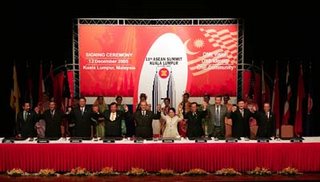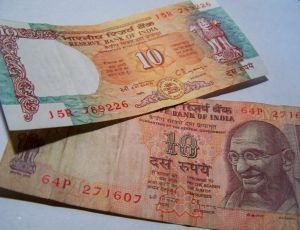Samsung to open second plant in India
welcome aboard amit's official Blog
Looking at the present industrial trend the first thing which comes
to mind is the Darwin's theory " Survival of the fittest". Only the
Companies having the zeal for quality, price competance and custumer
satisfaction can survive in present market scenario in almost any
sector of bussiness.The south korean major Samsung electronics
declaration that it is going to start a new venture in south india
in near future does supports the survival theory. From an annonymous
brand in India in 1995 to the market leader position in 2006 does
takes a lot of efforts and grit.
Positive impacts:
The company has so far invested 150 million dollars at the noida
facility, in uttar pradesh. Not to mention that employement
oppertunities and vendor development are a few tangible benefits
that are generated due to the presence of a market leader in state,
also the intangible benefits like Best quality product at most
competance price with exempler custumer support services are also
noteworthy. As Samsung India is the hub for Samsung's south west
asia region, the local talent also gets the oppertunity to work with
the best in industry and to get the acclaim at international arena.
Also, as the world is heading towards free trade, Indians should
look to it as an oppertunity to raise its level to compete for the
rest of world by lowering the manufacturing cost so that more
bussiness houses are attracted to shift towards indian market to
invest for other manufacturing facilities. Mr. Ravinder Zutsi's
remark that exports from the Indian subsidiary were to tune the
Rs.100 crore in 2005 and were expected to touch Rs 150 crore this
year clearly make a note that indian manufacturing sector is at its
flourish and this positive trend has to be maintained further in
near future.
Negative Impacts:
With the rise of foreign companies snaching the market share, Indian
companies in respective sectors seem to lose their identity. But the
only solution to this is that Indian companies will also have to
sharpen their technological skills and should invest more in R&D so
that they are also able to stand in front of these International
players rather than to follow anachronicle methods of production.
Bottom line:
With the announcent of 2nd production facility in India, Samsung is
ushering in a new era for Indian base as a Manufacturing hub, which
will speeden up the countries pace to compete up with the other
countries like China ,Malaysia & Hong Kong which are supposed to be
the front runners in cheap production with cutting edge
technological facilities.
AMIT G








